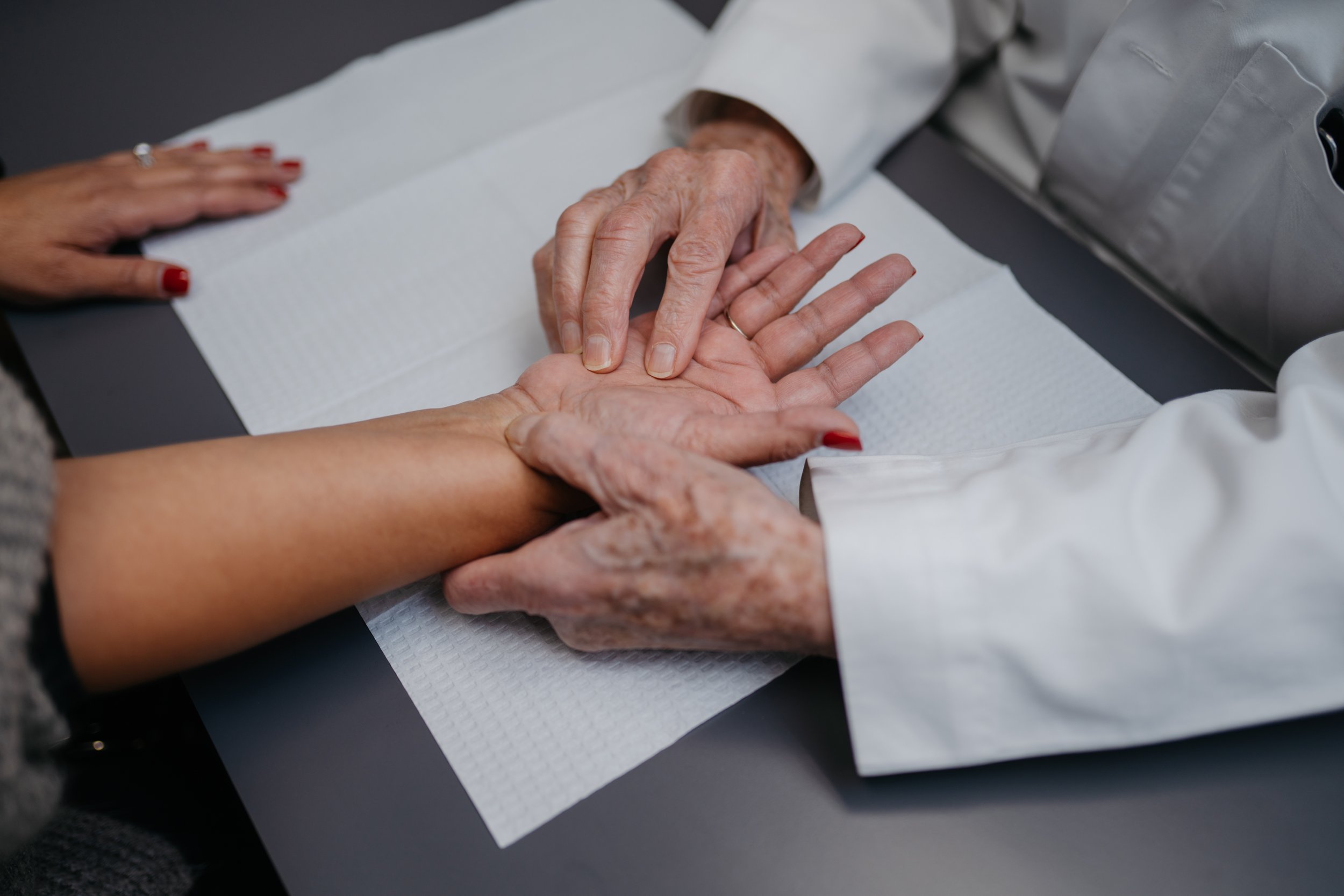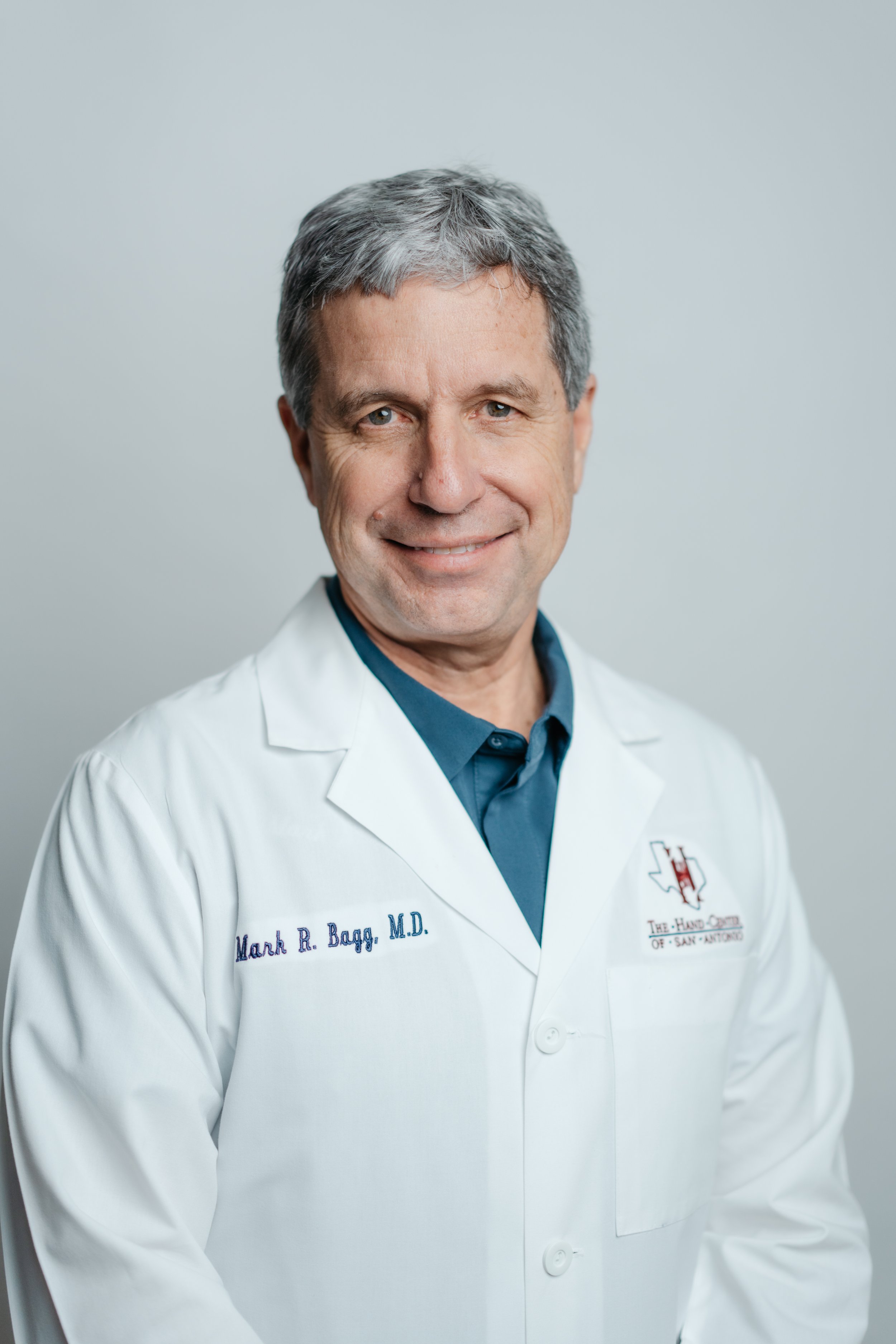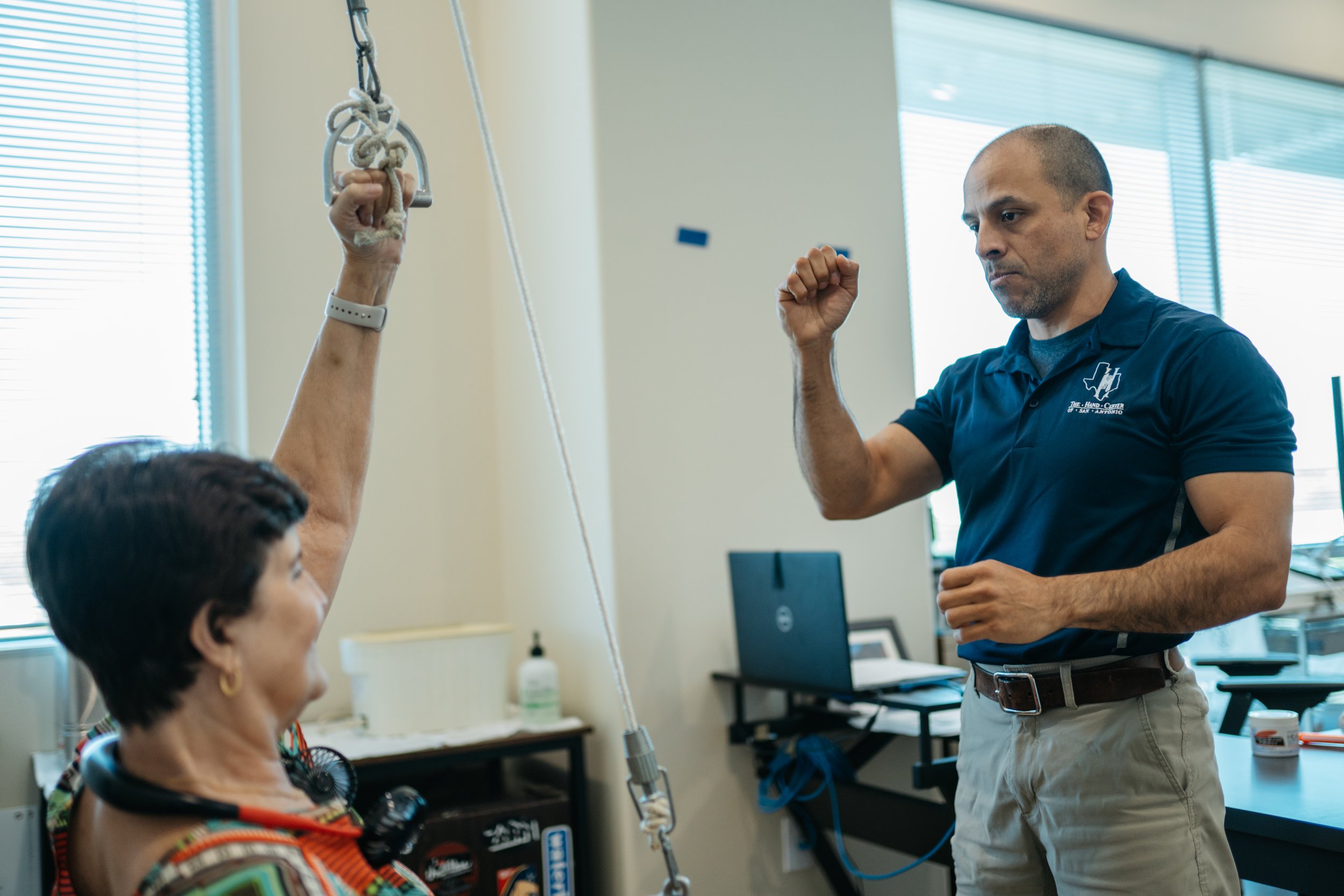
labrum tear experts in san antonio
What Is a labrum tear?
A labrum tear is a common shoulder injury that occurs when the labrum, a vital piece of cartilage that lines the shoulder socket, becomes damaged. The labrum plays a crucial role in stabilizing the shoulder joint, preventing the upper arm bone from dislocating, and providing a cushioning effect during movement.
The Importance of the Labrum in Shoulder Health
The labrum, a vital component of the shoulder joint, plays a pivotal role in maintaining its structural integrity and function. It serves as a stabilizing mechanism, deepening the shoulder socket and preventing the upper arm bone from dislocating. Additionally, the labrum also protects the shoulder joint by absorbing the impact of forces that could cause damage. It serves as an attachment site for the rotator cuff tendons, which are crucial for shoulder stability and rotation.
Common symptoms of labrum tears:
When the labrum tears, it can disrupt these essential functions, leading to a range of symptoms, including pain, instability, and a feeling of the shoulder "clicking" or "popping." These symptoms can significantly impact a person's daily activities and quality of life.
Shoulder Pain
Shoulder Instability
Decreased Range of Motion
Muscle Weakness
Clicking or Popping
Swelling
common causes of labrum tears:
Labrum tears can result from a multitude of factors, including overuse, traumatic events, and degenerative processes. By understanding the common causes of labrum tears, individuals can identify potential risk factors and take proactive steps to mitigate the risk of developing this shoulder injury.
Overuse or Repetitive Motions
Direct Trauma
Shoulder Dislocations
Degenerative Changes
Instability
If you notice any of these symptoms, it's crucial to consult with a shoulder specialist promptly. Early diagnosis and treatment can be instrumental in preventing further damage to the labrum and minimizing long-term complications.
Treatment Options for Labrum Tears:
The optimal treatment plan for a labrum tear is tailored to individual circumstances, considering the severity of the injury, overall health status, and desired activity level. Common treatment options include:
Rest and Activity Modification: Limiting or avoiding activities that exacerbate shoulder pain.
Physical Therapy: A rehabilitative program designed to strengthen the shoulder muscles and restore full range of motion.
Pharmacological Management: The use of over-the-counter analgesics or prescription medications to alleviate pain and inflammation.
Corticosteroid Injections: Intra-articular injections of corticosteroids to reduce inflammation and alleviate pain within the shoulder joint.
surgical treatment
If non-surgical interventions fail to alleviate symptoms or in cases of severe labrum tears, surgical intervention may be warranted. The most commonly employed surgical technique for labrum repair is arthroscopic surgery. This minimally invasive procedure involves utilizing small incisions and a specialized camera to visualize and repair the damaged labrum.
Why Choose The Hand and Upper Extremity Center of San Antonio for Labrum Tear Treatment?
At The Hand and Upper Extremity Center of San Antonio, you'll find a dedicated team committed to providing exceptional care for labrum tears. Your physicians have over 100 years of collective experience and represent multiple generations and training backgrounds. In addition to your surgeon, you may encounter one of our hand surgery fellows, highly skilled orthopaedic or plastic surgeons who have undergone advanced training in hand surgery. Our team extends beyond physicians, encompassing front desk staff, medical assistants, x-ray technicians, and cast technicians, all dedicated to ensuring your comfort and well-being.
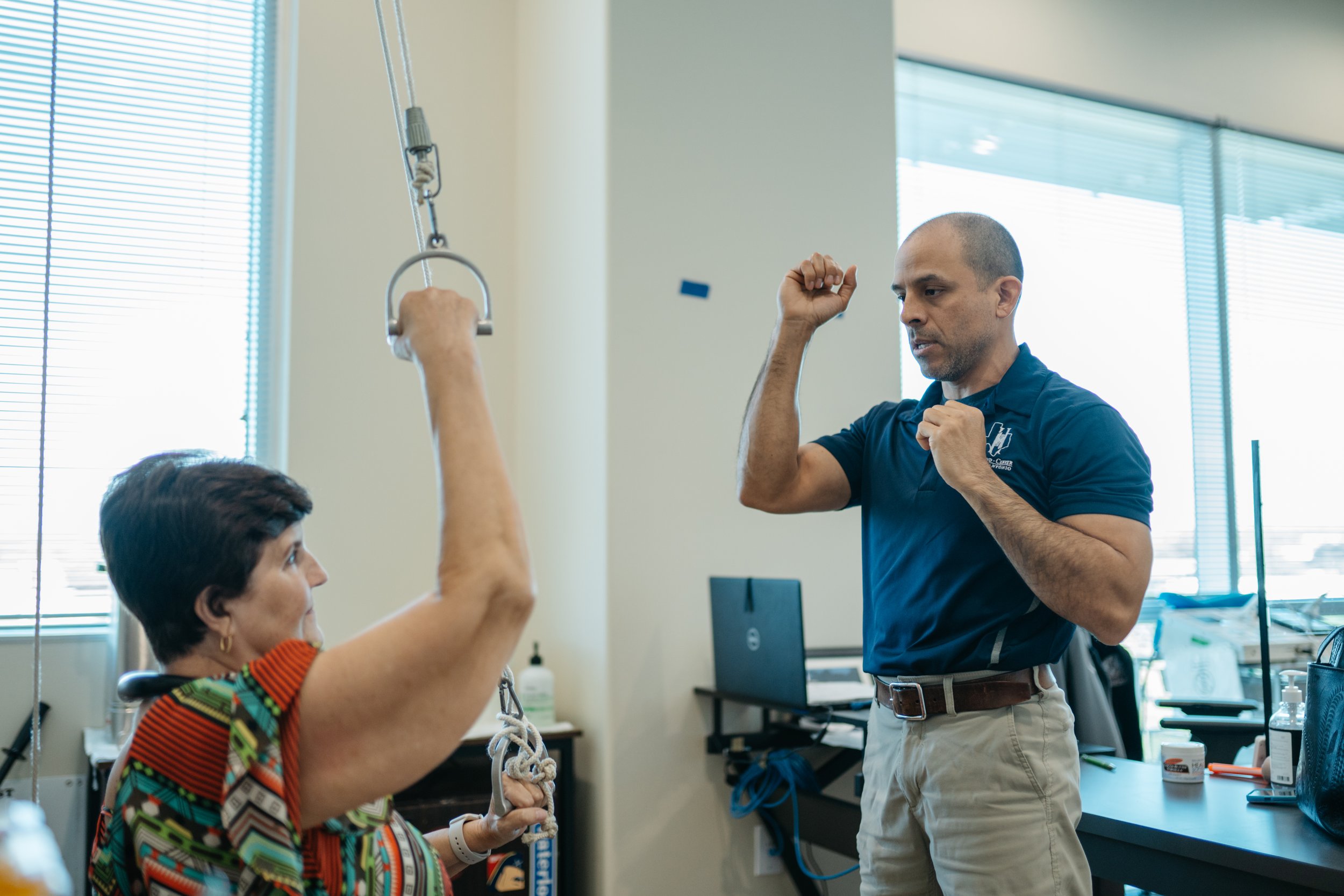
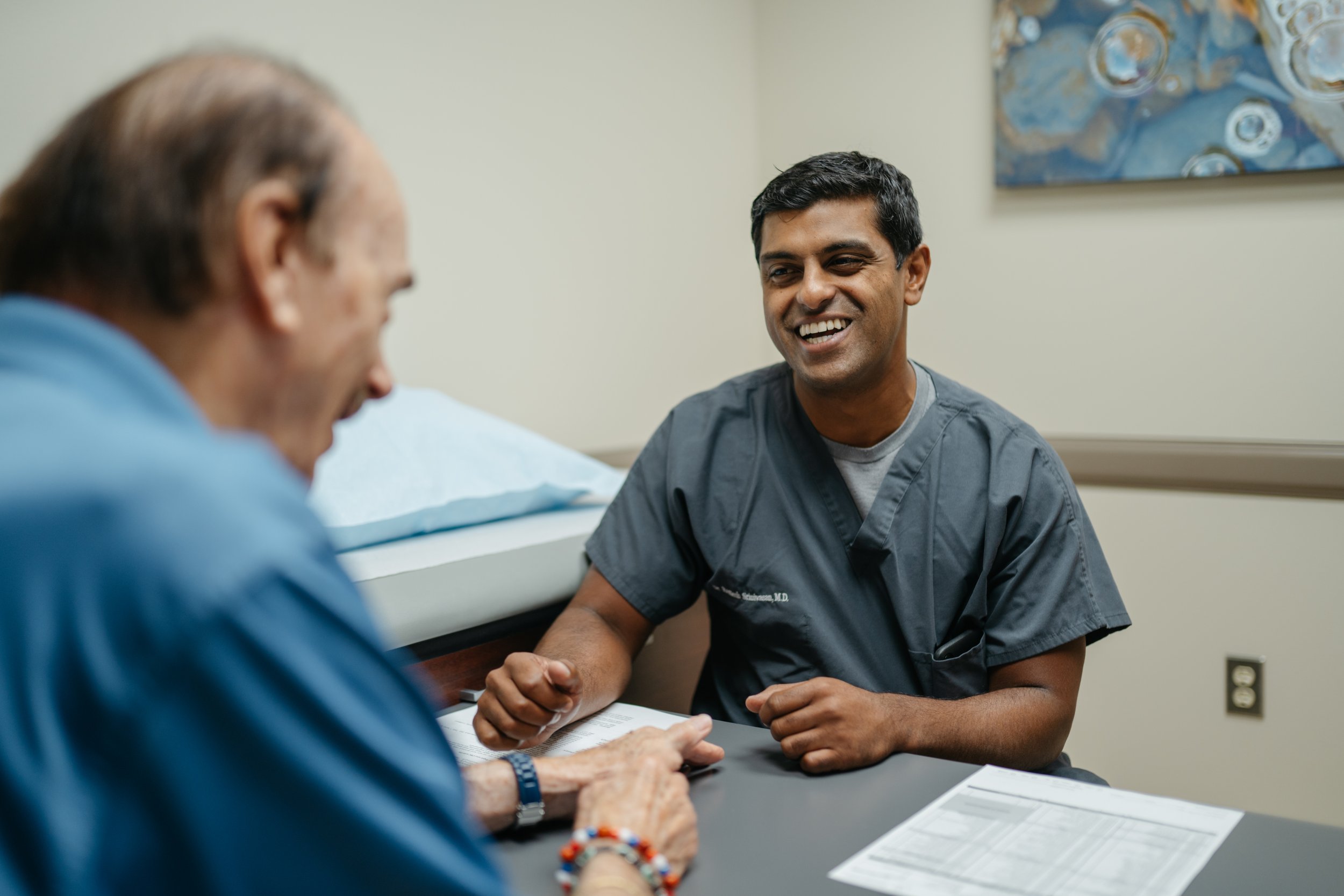
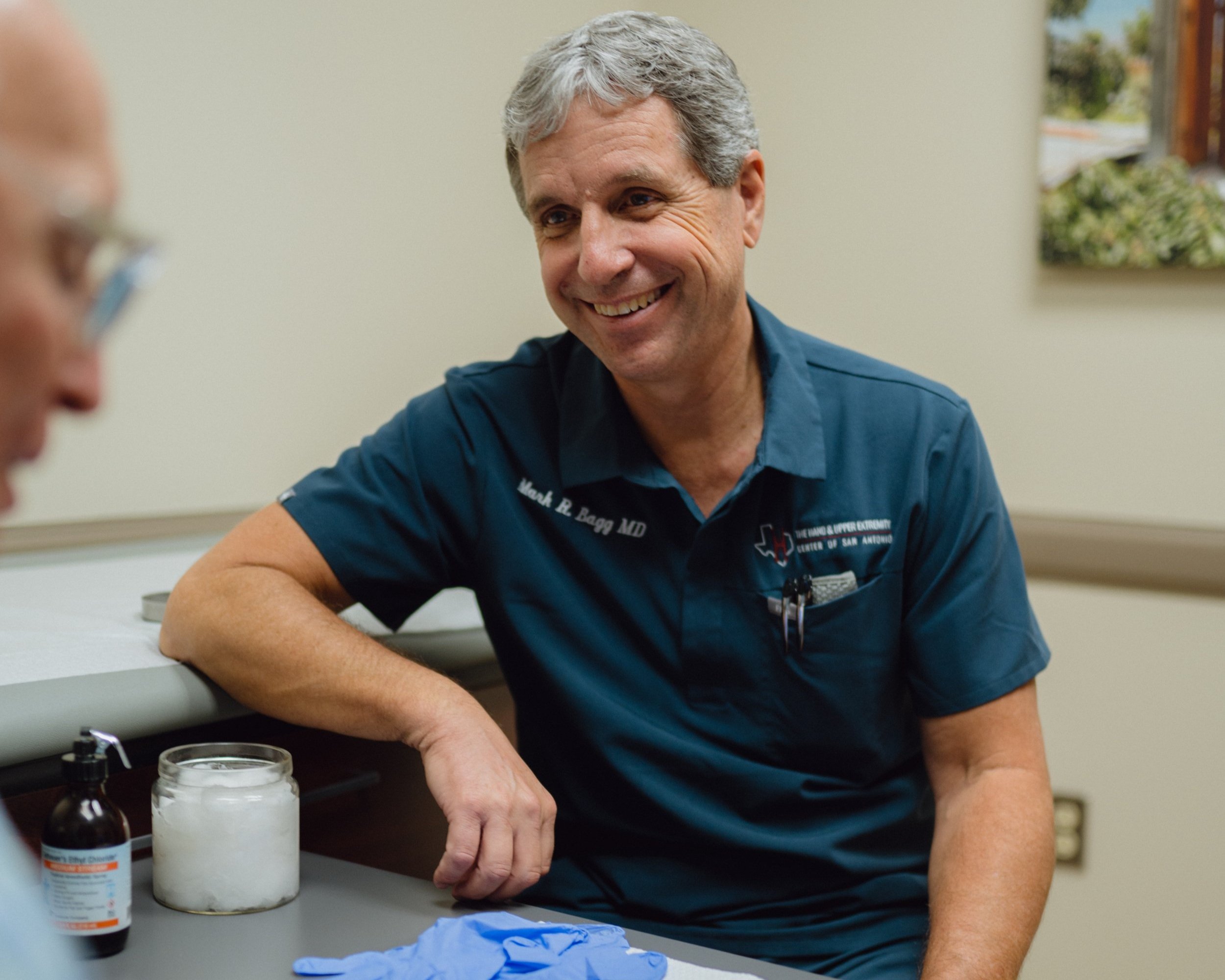
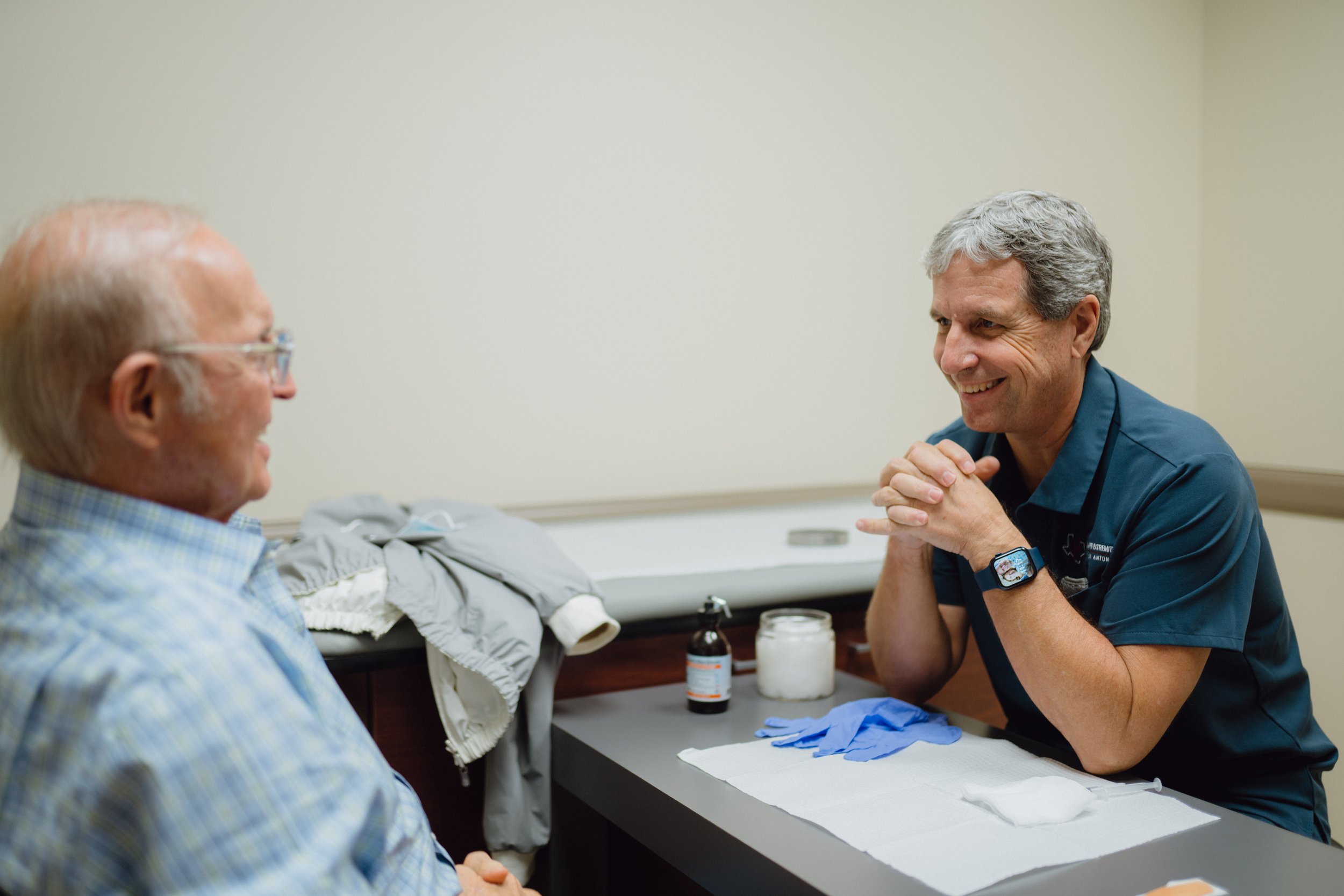
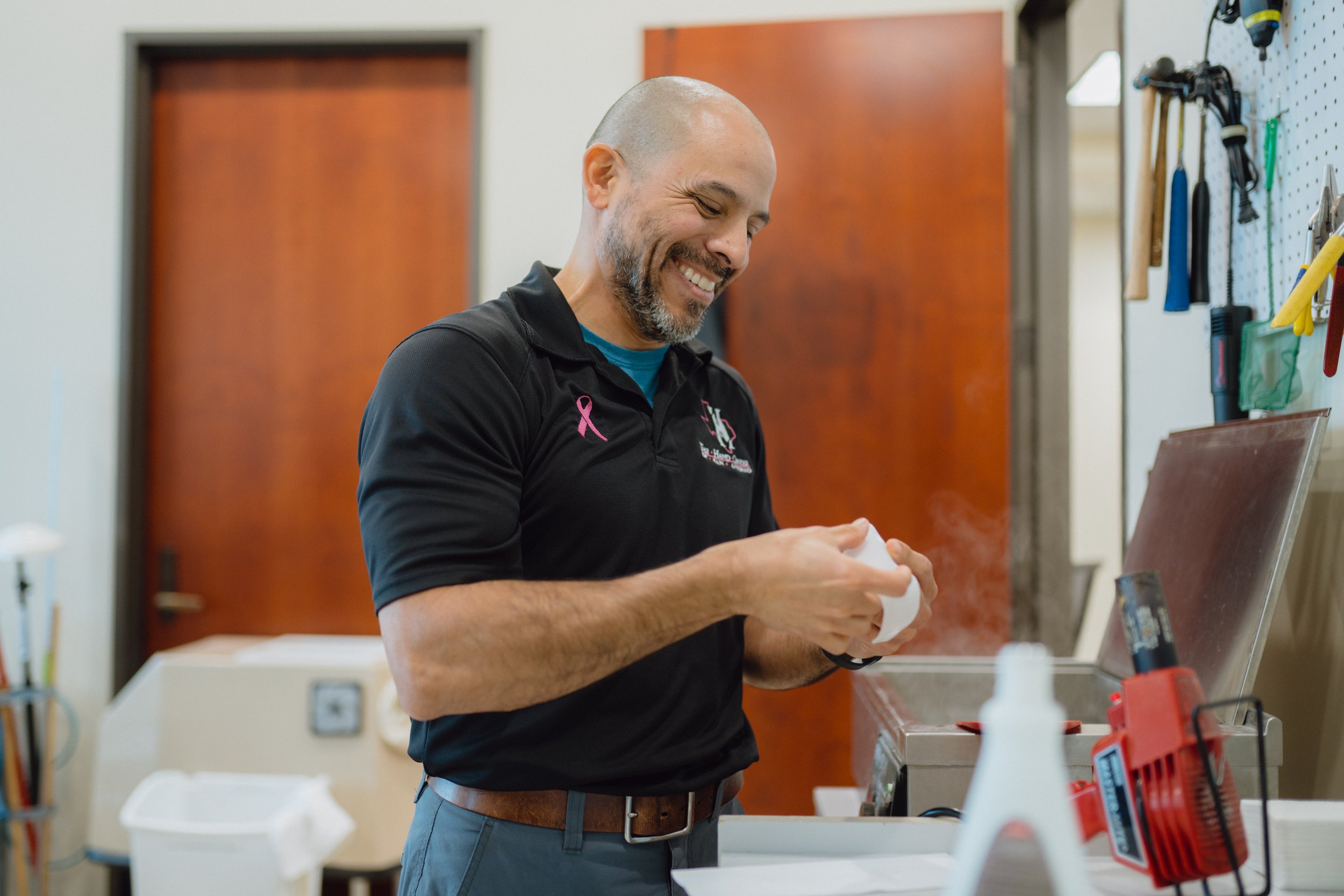
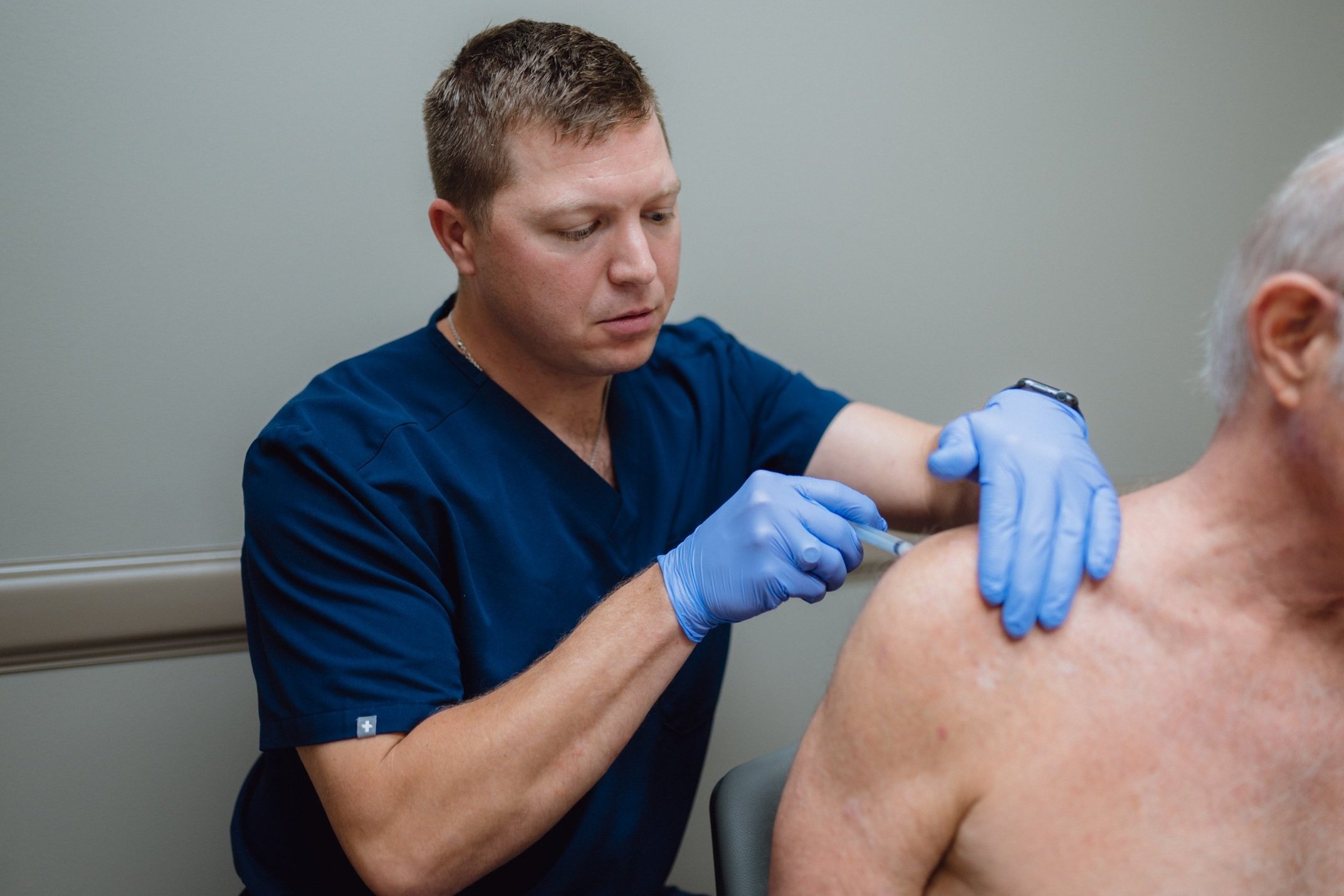
Meet OUr Physicians
OTHER Shoulder RELATED ISSUES WE CAN HELP WITH
Fractures
Dislocations
Instability
SLAP Lesions
check out our latest blog posts regarding Shoulder Injuries
Did you know we offer in-house therapy?
Hand therapy is a merging of occupational and physical therapy theory and practice that combines comprehensive knowledge of the structure of the upper limb with function and activity. Using specialized skills in assessment, planning and treatment, hand therapists provide therapeutic interventions to prevent dysfunction, restore function and/or reverse the progression of pathology of the upper limb in order to enhance an individual’s ability to execute tasks and to participate fully in life situations.
